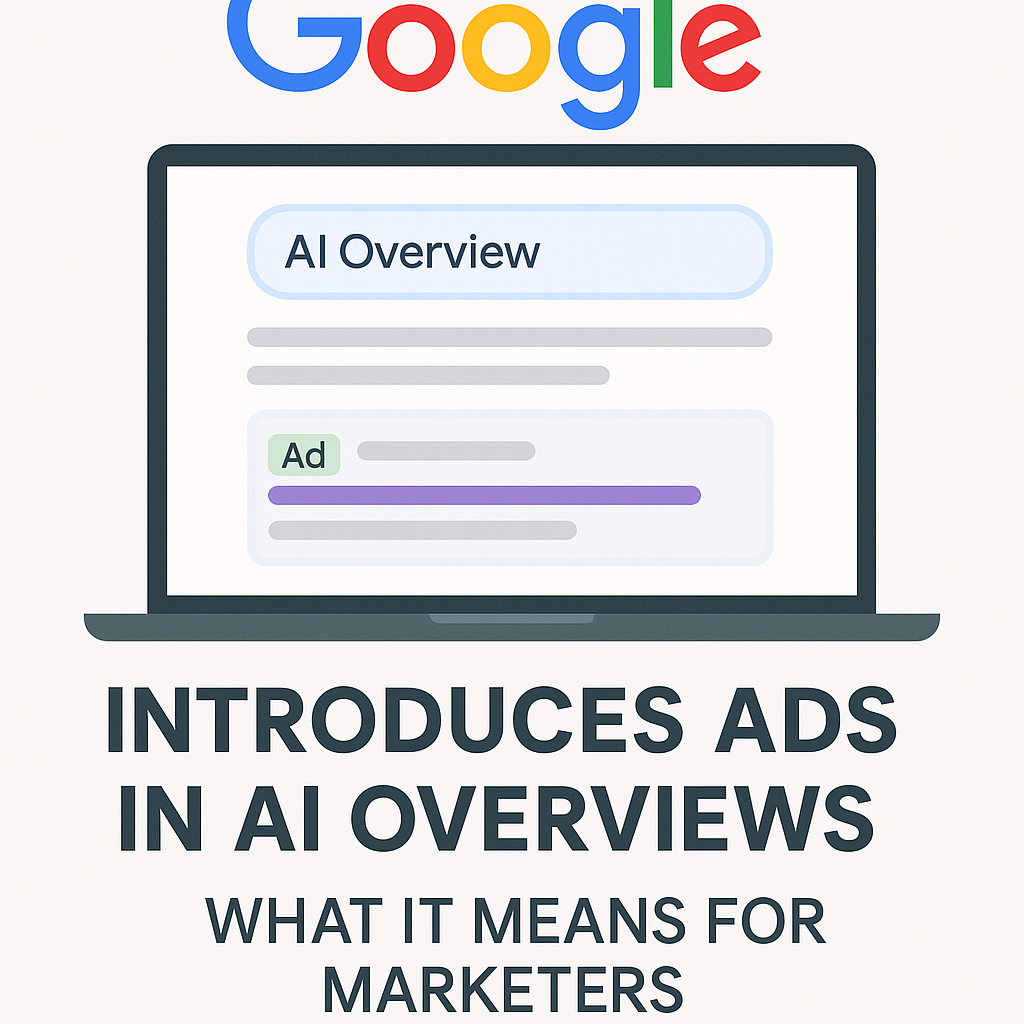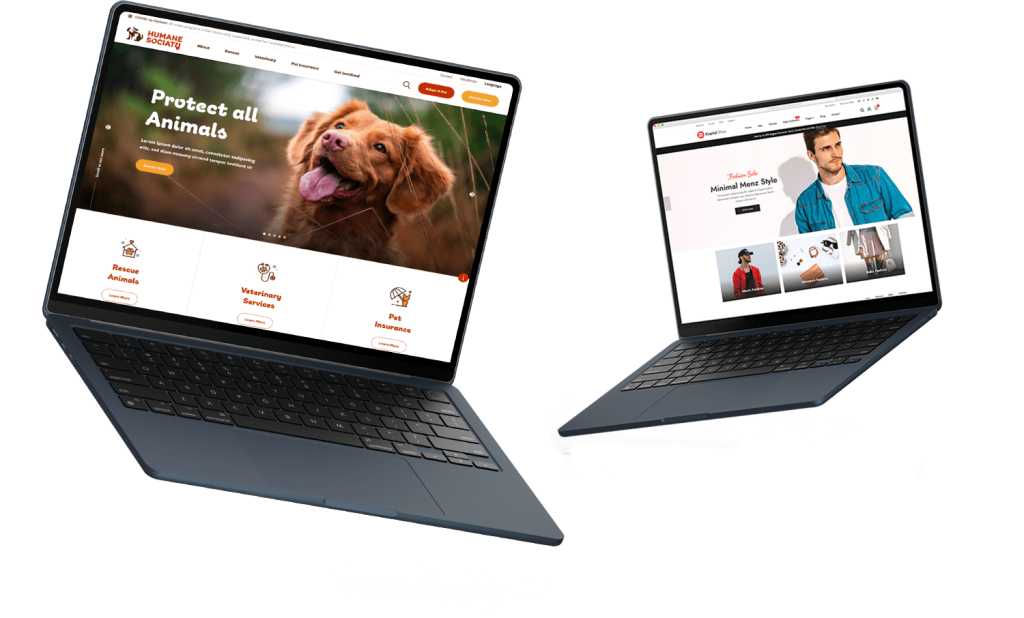Google has once again disrupted the digital marketing landscape—this time by launching ads in AI Overviews. As artificial intelligence transforms search behavior, Google is evolving its monetization strategy to match user expectations and trends. The introduction of ads directly within AI-generated overviews signals a significant shift in how businesses must approach paid visibility online.
For brands that rely on PPC advertising management, the implications are both promising and complex. Marketers must prepare for a future where AI-assisted search doesn’t just recommend content—it sells it.
What Are Google’s AI Overviews?
Google’s AI Overviews are summaries generated using large language models (LLMs) like Gemini (formerly Bard) that appear at the top of certain search results. They aim to deliver instant answers by synthesizing information from multiple sources—essentially preempting the need to click on traditional links.
Now, Google has begun inserting Search and Shopping ads directly into these AI Overviews, initially for U.S. users and soon expanding to other English-speaking countries. Previously limited to mobile search, these ad placements are now being extended to desktop users and even into “AI Mode,” a new search interface optimized for conversational interaction.
What Does This Mean for Marketers?
This move adds a new, prominent layer of ad real estate in search. It also means your brand’s visibility within search results now competes not only with SEO-optimized content but with AI-curated content that can include paid placements within the overview itself.
For businesses already investing in SEO optimization services and paid social media advertising, the game has changed. The traditional hierarchy of organic listings → paid ads, → featured snippets is evolving into a dynamic and AI-driven interface where contextual relevance and intent drive visibility.
Who’s Eligible for These New Ad Placements?
Google’s initial rollout supports advertisers using:
- Search campaigns with broad match keywords
- Shopping ads
- Performance Max campaigns
That means if you’re using Google Ads with these campaign types, your ads may already be eligible to appear in AI Overviews—without requiring any additional setup.
However, to fully capitalize on this visibility, your ad content, keywords, and creative approach must adapt to AI’s evolving context requirements.
How Are These Ads Displayed?
In a traditional search, ads are usually placed above or below organic results. In AI Overviews, ads are embedded within the actual answer—appearing alongside links and sources provided by the AI.
Importantly, these ads are:
- Contextual: Based on the query and the AI-generated response.
- Labeled: Clearly marked as “Sponsored” to comply with ad transparency policies.
- Dynamic: Displayed where Google’s AI determines they’re most relevant—whether that’s mid-text, above product suggestions, or within conversational queries.
This contextual approach may lead to higher engagement, as ads blend naturally into informative answers.
Opportunities and Challenges Ahead
✔ Opportunity: Enhanced Visibility Where Users Are Focused
AI Overviews are designed to capture immediate attention. By inserting ads directly into that space, Google is giving advertisers access to one of the most concentrated areas of user focus.
For marketers with strong brand strategy consulting, this offers a unique way to ensure your messaging appears in the “zero-click” zone—before users even scroll.
✔ Opportunity: Relevance-Driven Conversions
Unlike traditional ads that depend on visual dominance, AI Overview ads benefit from being contextually embedded within helpful content. This means higher engagement potential—especially for product-based or solution-driven queries.
If a user searches, “What’s the best air purifier for allergies?” and the AI suggests your product, that placement can be reinforced with a targeted ad—driving conversions from an already-warm lead.
⚠ Challenge: Ad Saturation and User Fatigue
With the increasing number of ad placements across the SERP—now including inside AI answers—users may begin to experience ad fatigue. This could lead to:
- Lower trust in AI Overviews
- Increased use of ad blockers
- Decreased click-through rates (CTR) if ads are not contextually relevant
Balancing precision targeting with value-driven messaging will be essential to maintaining engagement.
Preparing for AI-Enhanced Advertising
As a marketer, how can you adjust your strategy for success in this AI-powered ad environment?
1. Audit Your Existing Campaigns
Start by reviewing your use of:
- Performance Max
- Shopping Ads
- Broad match keywords
Are they optimized for intent and performance? If not, this is a good time to conduct a comprehensive audit in collaboration with your PPC advertising management team.
2. Optimize for Conversational Relevance
AI Overviews are generated to feel natural and conversational. Your ad copy should match this tone.
Try:
“Looking for allergy relief? Discover HEPA air purifiers starting at $99.”
Avoid:
“HEPA AIR PURIFIER – BUY NOW – 50% OFF!”
The goal is to enhance, not disrupt, the user’s experience.
3. Monitor Your Campaign Metrics
Track:
- CTR and conversion rates for eligible ad groups
- Keyword performance, especially with broad match queries
- Behavior flow post-click (Are users bouncing or engaging?)
These metrics can indicate whether your ads are resonating in AI Overviews versus traditional placements.
Beyond Ads: A New Era of Search Behavior
Google’s AI ad rollout also reflects a broader shift in how people search. Increasingly, users expect:
- Fewer clicks
- Smarter results
- Personalized recommendations
To meet these expectations, your marketing strategy should combine:
- SEO optimization services
- Social media advertising
- Online reputation management
- Cross-platform brand visibility
In short, it’s not just about ranking anymore—it’s about being the best answer in the right format, at the right time, powered by AI.
Final Thoughts: A Call for Agility
Google’s decision to introduce ads in AI Overviews is not a minor adjustment—it’s a redefinition of the search experience. For marketers, it’s a wake-up call to embrace agility, innovation, and AI fluency.
At Speed Dot 360, we understand how fast this landscape moves. That’s why we provide integrated strategies that combine PPC advertising management, AI-readiness, SEO optimization, and brand strategy consulting to help businesses not only adapt—but lead.
Whether you’re looking to dominate in AI search, revamp your ads for conversational platforms, or future-proof your paid media, we’re ready to help you rise to the occasion.





